A question asked in language lesson that targets learner knowledge of a language form
Divergent question
Open question
Closed question
Display question
Who considers critical thinking as cognitive approaches and strategies
A. Maslow
Diane F. Halpern
J.P. Guilford
K. Tailor
The practice of making lessons different to accommodate the different learners in a classroom
Creativity
Creative process
Differentiation
Critical thinking
What serves to track the progress the learners are making against the knowledge, understanding and skills described by the learning objectives in the subject programme?
Formative assessment
Summative assessment
Criteria-based
Different types of summative assessment
The process that has a direct impact on improvement of academic achievements and maintains feedback between a teacher and the learner
Traditional assessment
Formative assessment
Summative assessment
Teachers feedback
What will be included in the portfolio?
Books, sheets of paper
Pictures of family
Written work, teachers notes, video, comments from parents
Marks
Who suggested students’ opportunities to develop and demonstrative synthesize data and apply learning to new situations?
Deci
Hattie
Darling-Hammond and Pecheone
Glaser
What does Summative assessment assess?
teacher notes
effectiveness of achievements
moderation
motivation
At what period is SA conducted?
At the end of the certain period
During every lesson
Never
Every day
What can you find in SA test specification?
Formative assessment
Approach to motivation of learners
Structure and length of each test
Handbook for teachers
How many main types of assessment do we have?
2
5
6
3
What maintain feedback between a teacher and learner?
Formative assessment
Summative assessment
Motivation
Criteria
What does coaching mean?
The prevailing atmosphere in the classroom, based on a variety of factors, but most strongly influenced by interpersonal relationship and pupil engagement
A philosophy, not just a classroom technique
An active and creative process of interaction between colleagues or between a teacher and learner
An active and creative process of interaction between learners
What is the classroom climate?
The prevailing atmosphere in the classroom, based on a variety of factors, but most strongly influenced by interpersonal relationship and pupil engagement
A philosophy, not just a classroom technique
An active and creative process of interaction between colleagues or between a teacher and learner
An active and creative process of interaction between learners
Convergent question is …
A question asked by the teacher to elicit a simple correct answer – often “yes” or “no” answer
A question asked by the learner to correct the answer
A question asked by a teacher foe developing learners’ intrinsic motivation
A question asked by a teacher to check that learners have understood a particular point the lesson is targeting
A traditional classroom based learning method is …
Face to face learning
Creative learning
Differentiation
Authentic classroom
Creative processes have been described as having _____ key characteristics
5
2
4
3
What steps did Black use to increase the reliability and validity of teachers judgments?
Formative and summative assessment
Standardisation and motivation
Standardisation and moderation
Multi-sensory writing and tangential skill learning
A concept of criteria-based assessment was introduced by …
Deci and Ryan, 1985
Glaser, 1963
Smith, 2005
Darling-Hammond, 2010
The process of developing original new ideas, different from traditional and accepted schemes of thinking.
Creativity
Reproductive thinking
Differentiation
Critical thinking
What type of question seek to elicit a range of student language relating to the context of a lesson and designed to elicit more open-ended answers?
Display question
Convergent question
Concept question
Divergent question
Structured components of dynamic hierarchy of abilities
Critical evaluation
Creativity
Giftedness
BICs
A classroom operating in real conditions is …
Face to face classroom
Creative classroom
Differentiation
Authentic classroom
What is the concept question?
A question asked by the teacher to elicit a simple correct answer – often “yes” or “no” answer
A question asked by the learner to correct the answer
A question asked by a teacher foe developing learners’ intrinsic motivation
A question asked by a teacher to check that learners have understood a particular point the lesson is targeting
Ability to question information, to analyse and synthesise information from a number of sources in order to develop understanding.
Creativity
Critical thinking
Creative process
CALPs
A philosophy where in all situations people come together in groups, it suggests a way of dealing with people which respects and highlights individual group members’ abilities and contributions
Scaffolding
Coaching
Collaborative learning
Constructivists theory
Evaluation of student learning achievements against pre-determined criteria.
Critical evaluation
Creative assessment
Guided assessment
Criteria-based assessment
Type of thinking which is based on strategies of using algorithms to solve a problem
Reproductive thinking
Creative thinking
Critical thinking
Divergent thinking
The prevailing atmosphere in the classroom, based on a variety of factors, but most strongly influenced by interpersonal relationship and pupil engagement
Classroom climate
Authentic classroom
Face to face classroom
Traditional classroom
Which method of thinking was researched by Torrance, Guilford, Taylor, Gruber, Hine, Shneider and Rogers
Reproductive thinking
Creative thinking
Critical thinking
Divergent thinking
| 1 | D | 11 | A | 21 | D |
| 2 | B | 12 | A | 22 | C |
| 3 | C | 13 | C | 23 | D |
| 4 | A | 14 | A | 24 | D |
| 5 | B | 15 | A | 25 | B |
| 6 | C | 16 | A | 26 | C |
| 7 | C | 17 | C | 27 | D |
| 8 | B | 18 | C | 28 | A |
| 9 | A | 19 | B | 29 | A |
| 10 | C | 20 | A | 30 | D |

 Получите свидетельство
Получите свидетельство Вход
Вход



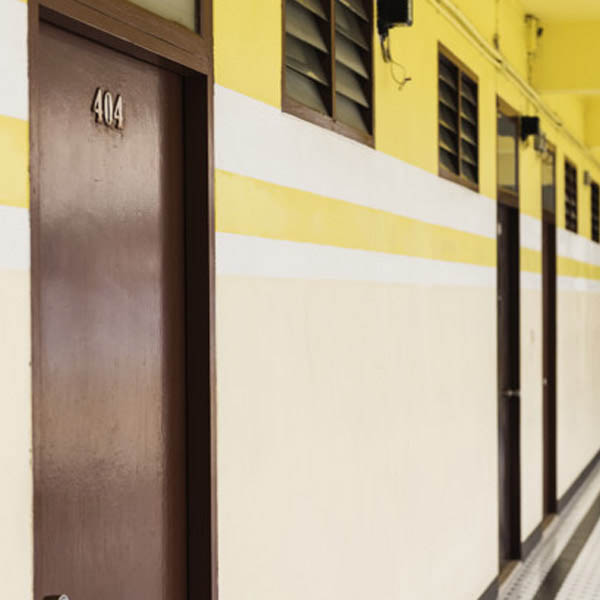
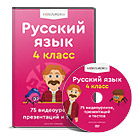
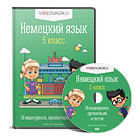


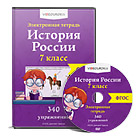
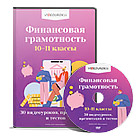
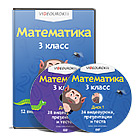

 Еңбекпен тапқан тиын (18.56 KB)
Еңбекпен тапқан тиын (18.56 KB)
 0
0 387
387 1
1 Нравится
0
Нравится
0



